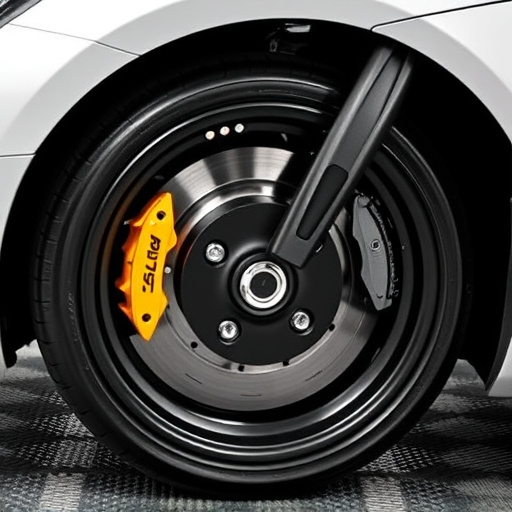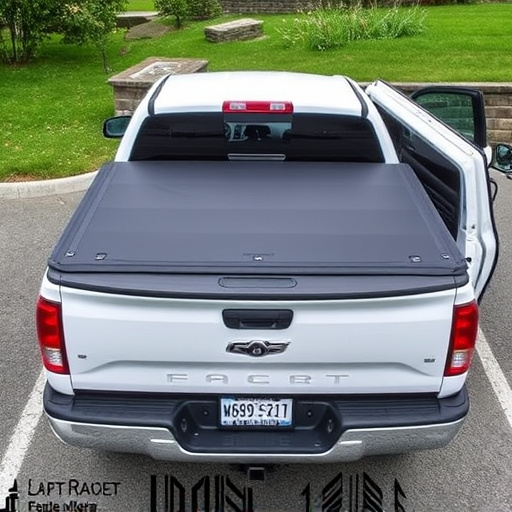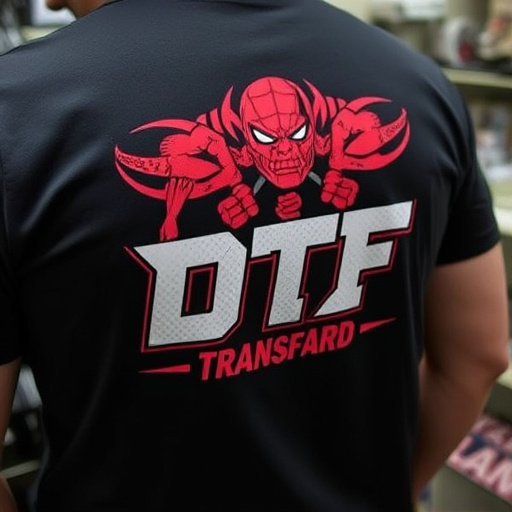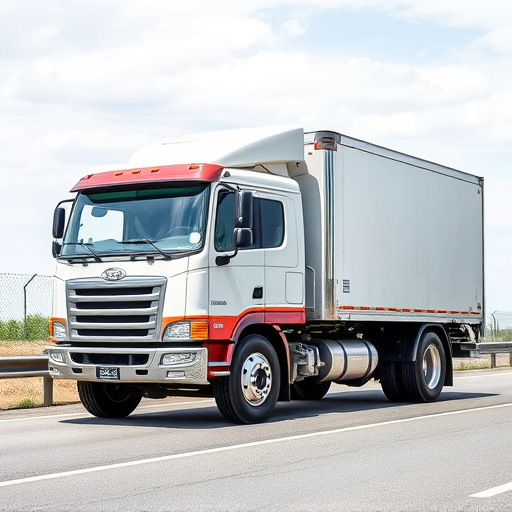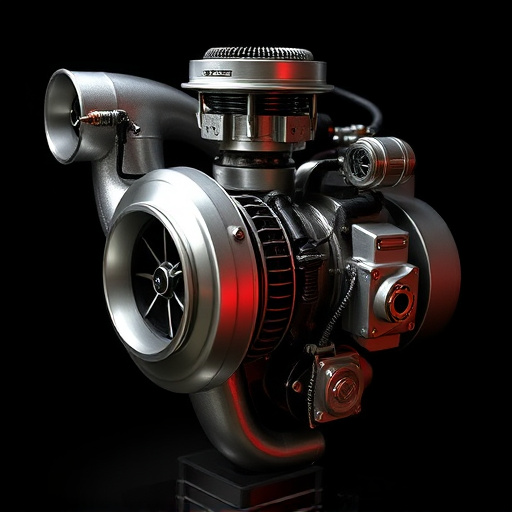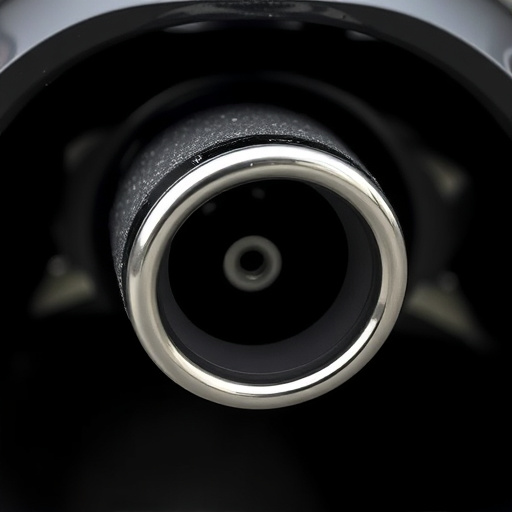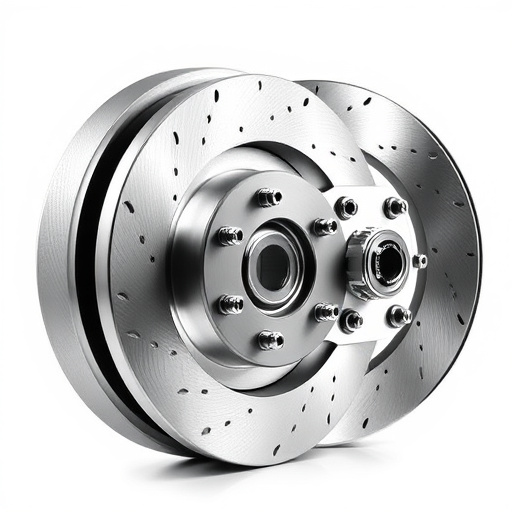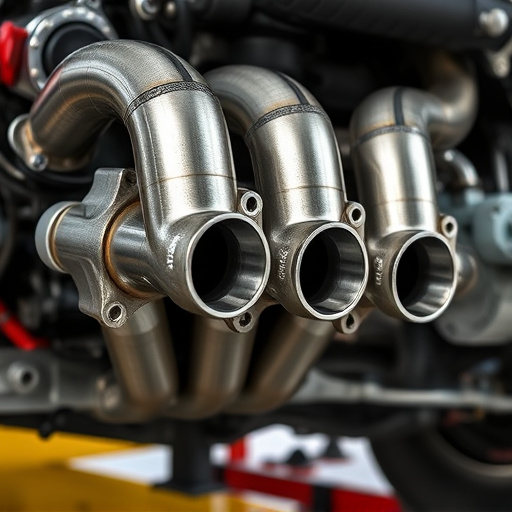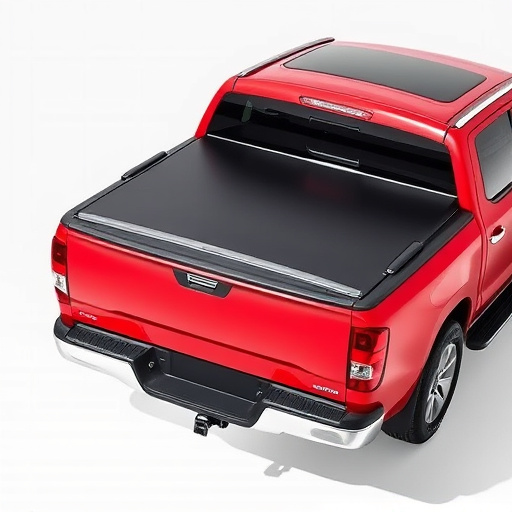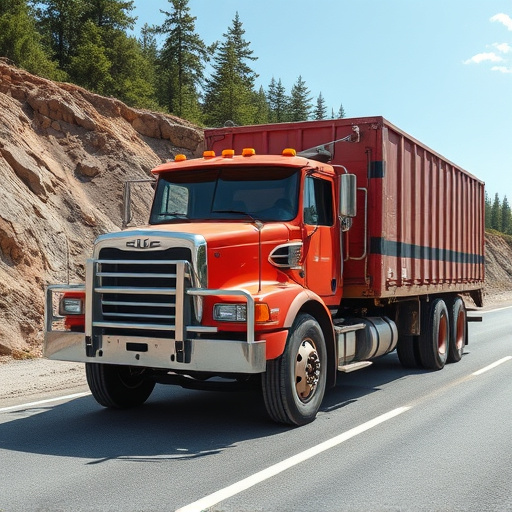Sway bar bushings, crucial for vehicle stability and handling, connect the sway bar to the frame, absorbing driving forces during cornering. Regular maintenance, including visual checks and firmness testing, prevents damage. Key tips include cleaning, lubricating, and replacing bushings as recommended by manufacturers. Proper replacement techniques, focusing on safety, ensure improved handling dynamics and extended suspension component lifespan.
Maintaining your vehicle’s sway bar bushings is crucial for ensuring optimal handling, safety, and longevity. These bushing bearings facilitate the sway bar’s movement, allowing for precise body control during cornering. Over time, exposure to road conditions, wear, and tear can compromise their integrity. Understanding their role, regular inspection, prompt maintenance, and timely replacement are essential practices for keeping your sway bar bushings in top condition.
- Understanding Sway Bar Bushings and Their Role
- Regular Inspection and Maintenance Tips
- Replacing Bushings: A Step-by-Step Guide
Understanding Sway Bar Bushings and Their Role
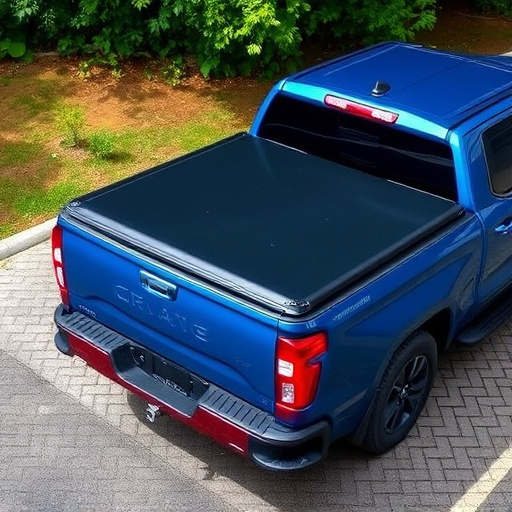
Sway bar bushings are integral suspension components that play a crucial role in vehicle stability and handling. These bushings act as a connecting link between the sway bar (also known as anti-roll bar) and the vehicle’s frame or mounting points. Their primary function is to allow for limited movement and rotation of the sway bar while dampening excessive motions, thereby improving cornering capabilities and reducing body roll.
The bushings’ design involves a flexible material, often rubber or composite, sandwiched between rigid metal plates. This construction enables them to absorb and distribute forces generated during driving, especially when navigating turns or encountering road irregularities. Over time, these bushings can degrade due to constant movement, exposure to harsh conditions, and normal wear and tear. Regular inspection and timely replacement of sway bar bushings are essential to maintain optimal vehicle performance, ensuring the effectiveness of suspension kits and coilover kits remains undiminished.
Regular Inspection and Maintenance Tips
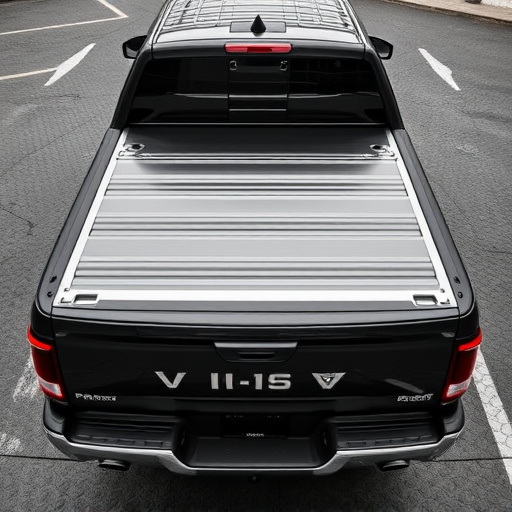
Regular inspection is key to maintaining sway bar bushings for a long lifespan. It’s recommended to perform visual checks at least once a month, looking for any signs of wear, tear, or deformation. Any visible damage should be addressed immediately to prevent further complications. Beyond visual inspections, periodic testing of the bushing’s firmness and flexibility using specialized tools can help identify subtle changes that might indicate impending failure.
Maintenance tips include keeping the vehicle clean, especially around suspension components like sway bar bushings. Dust, dirt, and debris can accelerate wear. Regular cleaning with a suitable cleaner and wiping dry ensures optimal performance. Additionally, ensuring proper lubrication of the bushings can extend their life. Using a lightweight lubricant designed for automotive applications can help reduce friction and prevent premature degradation, alongside regular replacement of exhaust tips and other suspension components as per manufacturer recommendations.
Replacing Bushings: A Step-by-Step Guide
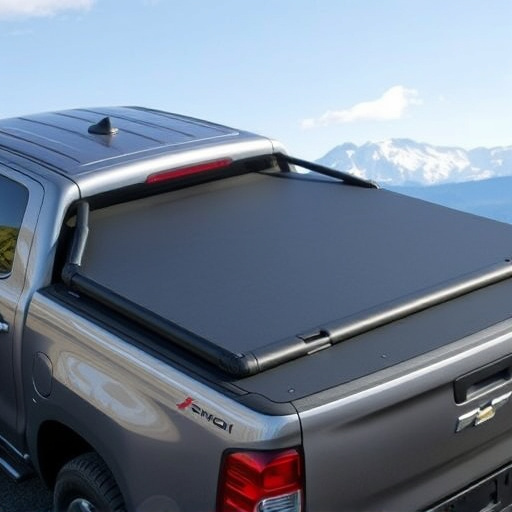
Replacing sway bar bushings is a crucial task for maintaining your vehicle’s handling and safety. Here’s a step-by-step guide to ensure you get it right:
1. Safety First: Park your vehicle on a level surface, engage the parking brake, and jack it up. Ensure stability with jack stands before proceeding. Remove the wheels for easy access to the sway bar assembly.
2. Identify the Bushings: Locate the sway bar bushings, which are typically held in place by studs or bolts. These bushings connect the sway bar to the vehicle’s chassis. Compare them with new replacement parts to ensure compatibility.
3. Remove Old Bushings: Using a socket wrench or torque key, loosen and remove the retaining bolts. Gently pull out the old bushings; they might be compressed, so take care not to force them. Clean the mounting surfaces thoroughly to eliminate any dirt or debris.
4. Install New Bushings: Insert the new sway bar bushings into the mounting holes. Ensure they are seated properly and securely. Tighten the bolts with the correct torque specified by your vehicle’s manufacturer. Reinstall the wheels and lower the vehicle from the jack stands.
Remember, regular maintenance of essential components like sway bar bushings is key to enhancing not only your driving experience but also ensuring the longevity of other related parts, such as coilover kits or performance brakes, considering their close interaction within your vehicle’s suspension system.
Sway bar bushings play a pivotal role in ensuring your vehicle’s stability and safety. By understanding their function, regularly inspecting them, and implementing proper maintenance tips, you can significantly extend their lifespan. Should replacement become necessary, following a step-by-step guide ensures the process is done correctly, safeguarding your vehicle’s handling and performance for years to come. Remember, well-maintained sway bar bushings are key to a smooth, secure ride.
